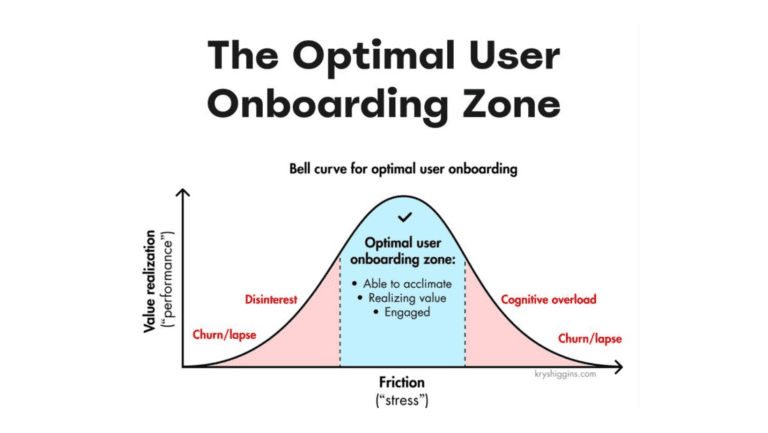Delivering mission critical business applications is a complex job that requires several departments working together to provide all the necessary skills. Whether it’s a procurement and provisioning system, a critical web portal, or call center operations these services depend on teams of specialists who don’t always see the big picture but most still work together in order to optimize application availability, performance, and user experience.
Ineffective, “silo approach” to Root Cause Analysis
Problems arise because different departments have their own ways of assessing performance, and comparing metrics that have been defined differently and gathered separately can lead to misunderstandings and ineffective root-cause analysis. Germain’s APM tool cuts through the confusion by tracking performance across all levels of support infrastructure including database, network, servers, desktop, middleware, applications and web servers, replacing the specialized monitoring tools that give an accurate but one-dimensional view of performance.
Business process monitoring is vital, but if it doesn’t come with the 360 degree view organizations are forced to make a number of compromises that can seriously impact the quality of the services they provide.
Ineffective Application Performance Management directly impacts the User Community
Comparing data from several tools at once makes it tedious to troubleshoot or analyze the root cause of even a single issue, let alone the hundreds of issues that can arise over the course of a busy day. The most common ‘solution’ to this problem is a series of low productivity meetings and conference calls involving the different IT teams to discuss issues, compare their respective data sets, and discuss potential causes for recurring issues. Even when these meetings don’t devolve into territorial arguments, the lack of a common context results in people talking past each other and accomplishing little.
The result is that only a small percentage of issues are reviewed, and organizations fall back into a reactive mode that can barely keep up with the latest crisis and only succeeds in draining resources that would be better utilized in a proactive performance management strategy. Lack of understanding of a performance issue often have unnecessary consequences for the end-users: restarting an application enterprise, for example, might temporarily fix the problem but will disconnect all end-users and disrupts their work. To make matters worse, cloud computing platforms and security measures such as firewalls make application performance management a more complex task, unless a single tool such as Germain’s application performance monitoring software is integrated across all layers.
A better way: End-to-End APM
The Germain Application Performance Management tool provides an enterprise-wide solution for application monitoring, troubleshooting, root cause analysis, and reporting including the supporting and surrounding infrastructure.
Companies that make the switch to end-to-end application performance monitoring can expect to see an immediate business impact. In our experience, the three most important benefits are:
- Increased productivity. Fewer resources are wasted on tedious detective work, searching for a problem’s root causes. Because our APM tool identifies the full scope of performance issues decision makers are empowered to prioritize issues so that development teams can have the largest impact on user experience and software performance.
- Exhaustive analysis. Manual analysis of performance issues only uncovers the most obvious problems, but the APM tool analyzes virtually every transaction and process associated with the issue. This gives the IT and business teams the confidence to become more proactive, knowing that issues have been identified before they are in crisis mode and that there is time for thoughtful issue resolution instead of just finding a quick hack to get everything back online.
- Streamlined review process. Regularly scheduled meetings to discuss issues and compare notes can be practically eliminated with the use of the APM tool. Because application performance management pinpoints the precise source of most issues, transaction details can be sent to the appropriate department for analysis and issue resolution without dragging extra people into the problem. Interdepartmental meetings no longer have to focus on minutiae and can instead devote their energy to setting strategic goals.




